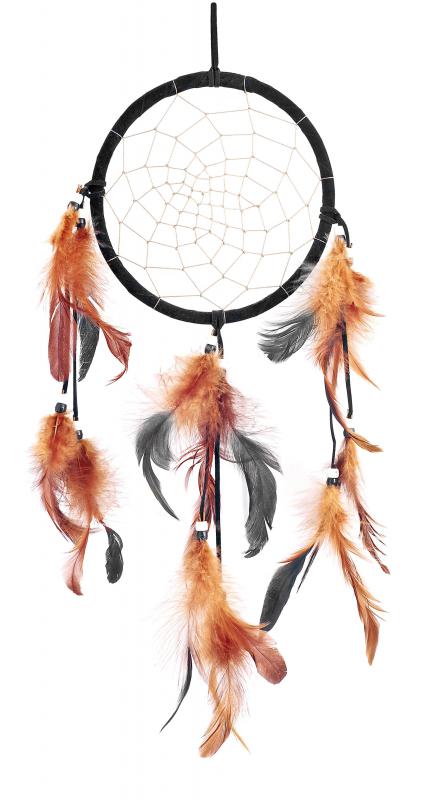At WiseGEEK, we're committed to delivering accurate, trustworthy information. Our expert-authored content is rigorously fact-checked and sourced from credible authorities. Discover how we uphold the highest standards in providing you with reliable knowledge.
What is a Dakota Native American?
A Dakota Native American is a member of an offshoot of the Sioux Indian tribe. The Dakota homelands were generally located in the mid-Western United States, in areas part of Minnesota, Wisconsin, and North and South Dakota. Members and descendants of the Dakota Native American tribe currently reside in different parts of the United States and Canada.
The Dakota tribe is classified as one of the Sioux tribes located in the Dakota Territory. Sioux is a French-Canadian abbreviation of the Chippewa word meaning "an adder" or "an enemy." Members of the Sioux were regularly in conflict with the Chippewa Indians, who were backed by the French settlers. The members of the Sioux tribe referred to themselves as the Dakota, Lakota, and Nakota tribes; these names are simply variations on Santee, Yankton, and Teton words meaning "allies" or "friends." A Dakota Native American may identify himself as a "Santee Sioux."

The largest of the branches of the Sioux, members of the Dakota tribe were divided into four groups: the Mdewakantonwon, Wahpeton, Wahpekute, and the Sisseton. Most of these groups are based in North or South Dakota. The Wahpekute Native Americans, however, are now located at Santee reservations in Nebraska and Montana. The population of Dakota Native Americans is on the decline and only a relatively small number of American Indians speak the Santee dialect today.

Explorers recorded their observations and experiences with the Sioux Indians. An English officer, Lieutenant Gorrell, commented that they used bows and arrows with great skill. He also noted that the Sioux Indians were remarkable dancers. Although the Lakota and Dakota Indians were originally farmers and hunters, they eventually stopped farming and followed buffalo herds all across the Dakota Territory and through other areas of the United States. Some observers believed that the Dakota Indians were among the better educated tribes, as many books and newspapers in the Dakota dialect were printed regularly.
There are two major incidents involving the Dakota Native American tribe in the history of the United States: Dakota involvement in the War of 1812 and the events of the Dakota Conflict trials. During the War of 1812, the members of the Dakota tribe generally sided with the English. Tohami, also known as "Rising Moose," fought on the American side in St. Louis, Missouri, however. After the conclusion of the war, the Dakota Native American tribe established peace with the United States.
In 1851, several groups of Dakota Indians ceded their land to the United States in exchange for cash. Eventually, several thousand people belonging to the tribe were moved to two reservations. Many Dakota Indians, already suffering from the effects of poverty, did not receive the payment for the ceded lands in the Minnesota Territory. Conflict between the Dakota Indians and the Americans escalated, and in 1857, a band of Dakota Indians killed 40 Americans in an event known as the "Spirit Lake Massacre."
The fighting continued, leading into the Dakota War of 1862, which lasted for approximately six weeks. A commission appointed by Minnesota governor Henry Sibley found 323 Dakota Indians guilty of murder and other crimes. Of these, 303 were sentenced to be hanged, but President Abraham Lincoln only permitted 38 to face execution. The war ended on 26 December 1862, when the 38 condemned members of the Dakota tribe were executed in Mankato.
AS FEATURED ON:
AS FEATURED ON:












Discuss this Article
Post your comments